
 call us : +8613866722531
call us : +8613866722531
 send a message : pweiping@techemi.com
send a message : pweiping@techemi.com
 call us : +8613866722531
call us : +8613866722531
 send a message : pweiping@techemi.com
send a message : pweiping@techemi.com
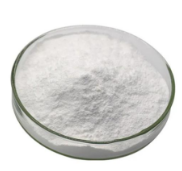
Name: Sodium bicarbonate CAS No.: 144-55-8 Appearance: White powder or opaque monoclinic system fine crystals Molecular formula: CHNaO3 Molecular Weight: 84.01 Melting point:>300 °C(lit.) PACKAGE:25KG/BAG
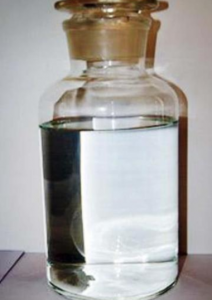
Name: Dichroromethylvinylsilane CAS number: 124-70-9 Molecular formula: C3H6Cl2Si Molecular weight: 141.07 EINECS number: 204-710-3 Mol file: 124-70-9.mol
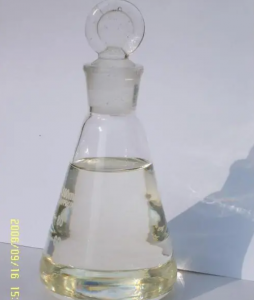
Name: Vinyltrimethylsilane CAS number: 754-05-2 Molecular formula: C5H12Si Molecular weight: 100.23 EINECS number: 212-042-9 Mol file: 754-05-2.mol
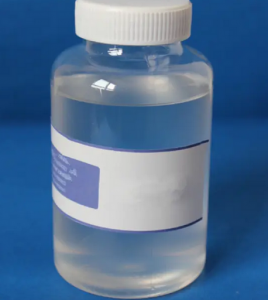
Name: Ethoxydimethylvinylsilane CAS number: 5356-83-2 Molecular formula: C6H14OSi Molecular weight: 130.26 EINECS number: 226-341-7 Mol file: 5356-83-2.mol
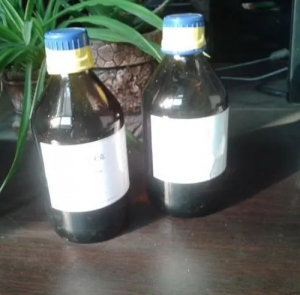
Name: CHLORODIMETHYLPINYLSILANE CAS number: 1719-58-0 Molecular formula: C4H9ClSi Molecular weight: 120.65 EINECS number: 217-007-1 Mol file: 1719-58-0.mol
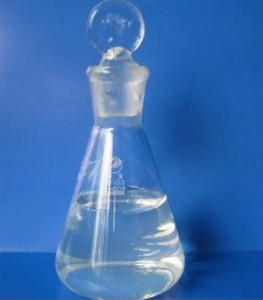
Name: 1,1,3,3-TETRAMETHYL-1,3-DIVINYLDISILAZANE CAS number: 7691-02-3 Molecular formula: C8H19NSi2 Molecular weight: 185.41 EINECS number: 231-701-1 Mol file: 7691-02-3.mol

Welcome to 138th China Import and Export Fair Dear Sir or Madam, The 138th Canton Fair is scheduled to open on October 15th, featuring continuous optimization of exhibition structure, various premium ...
Propylene glycol, also known as Propylene glycol, is a colorless transparent viscous liquid with hygroscopicity. It can react with acid to form ester, and with alkyl Organosulfate or halohydrocarbon to form ether. Miscible in water, acetone, ethyl acetate, and chloroform, soluble in ether. Soluble essential oil, but not miscible with Petroleum ether and paraffin. Stable for heat and light, more stable at low temperatures. Industrial grade propylene glycol has a slightly spicy taste. Propylene glycol can be classified into industrial grade, food grade, and pharmaceutical grade based on its use. The main application proportion is: manufacturing unsaturated polyester resin accounts for 27%; Food, drugs, and cosmetics account for 20%; Functional fluids (antifreeze, deicing agent, heat transfer fluid) account for 20%; Liquid detergent accounts for 17%; Paints and coatings account for 5%; Tobacco moisturizing agents account for 2%; Other uses include plasticizers accounting for 9%.
Propylene glycol usage
1. Propylene glycol is an important raw material for the production of unsaturated polyester, epoxy resin, polyurethane resin, plasticizer, and surfactant.
2. Used as a plasticizer and ink additive for alkyd resins.
3. Propylene glycol has excellent bactericidal properties and wettability, and can dissolve with many substances. It is a solvent for fats, waxes, resins, dyes, etc., used as a wetting agent and solvent in advanced antifreeze.
4. In the coating industry, propylene glycol has the characteristics of low freezing point and can be mixed with water in any proportion. Its mixing with water can greatly reduce the overall freezing point of the coating and enhance the frost resistance of the coating. Therefore, it is often used as a Antifreeze in the coating, which can prevent the coating from freezing at 0 ℃. Due to its good compatibility with water and other solvents, high boiling point, and ease of achieving equilibrium in water-based paint systems, it can also provide fluidity and slow drying of the paint.
5. Antifreeze for aircraft.
6. In the food industry, it is an excellent solvent for various spices, pigments, and preservatives; Extraction solvents for vanilla beans, roasted curry granules, natural spices, etc; Moisturizing and softening agents for candy, bread, packaged meat, etc.
7. The tobacco industry uses it as a moisturizer.
8. It is used to produce food emulsifier propylene glycol ester (the main varieties are propylene glycol monostearate, propylene glycol monooleate, propylene glycol monolaurate).
9. It can be used as a stabilizer, coagulant, anti hydrolysis agent, etc. in pastries, as well as a softener and emulsifier for gum based candies.
10. Fruit ripening preservatives.
11. Pharmaceutical grade propylene glycol can be directly used as an auxiliary material and reaction raw material.
① Directly used as an auxiliary material:
Used as a solvent in the pharmaceutical industry to produce injections, eye drops, oral liquids, disinfectants, lotions (preparations), ointments, etc;
Propylene glycol can be used as a solvent and softener for cosmetics. It can be found in almost all forms of color makeup, hair care products, lotion, post shaving care products, deodorants, Mouthwash, and toothpaste. It is commonly used as a wetting agent in cosmetics, toothpaste, and soap in combination with glycerol or sorbitol. Used as a moisture regulator and hair stabilizer in hair dyes.
② Used as a reaction raw material:
Production of essence Cyclohexanone 1,2-propanediol ketal, butanone 1,2-propanediol ketal, Citral Propylene glycol acetal, Benzaldehyde Propylene glycol acetal, etc.
 online service
online service +8613866722531
+8613866722531 pweiping@techemi.com
pweiping@techemi.com pweiping
pweiping +8613866722531
+8613866722531